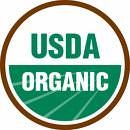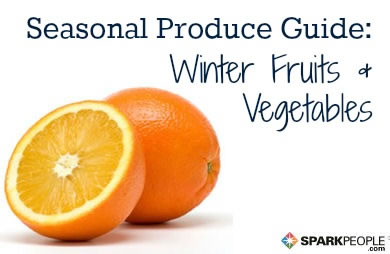|
Pop quiz: Which is the best product description to read on a food label? A. “100% natural” B. “All natural ingredients” C. “100% organic” D. “Certified organic ingredients” (Keep reading for the answer!) This spring, Eco Pulse, a recent survey conducted by the Shelton Group, asked that same question, and though natural and organic foods are now available in seven in 10 supermarkets nationwide, according to the Food Marketing Institute, most of the 1,006 respondents didn't do so well. We're paying more attention to the food that goes into our mouths. Sales of natural and organic food topped $28 billion in 2006, according to the Nutrition Business Journal, with demand for organic foods alone increasing 22 percent, to almost $17 billion. However, as consumers try to become more discerning at the supermarket, the buzzwords used on food labels are growing more complicated and convoluted. Whether you want the greenest option or products that are minimally processed and free of laboratory-created ingredients, all those grandiose marketing claims can confound even the savviest shopper. “Many consumers do not understand green terminology,” said Suzanne Shelton of the Shelton Group. In a world where burgers are "now made with real beef," carrots are labeled cholesterol-free and sugary drinks are sold as vitamin supplements, what's hype and what's healthy? It's no wonder that consumers are confused! “They prefer the word ‘natural’ over the term ‘organic,’ thinking organic is more of an unregulated marketing buzzword that means the product is more expensive. In reality, the opposite is true: ‘Natural’ is the unregulated word. Organic foods must meet government standards to be certified as such," said Shelton. The choice isn't immediately clear: Potato chips can be organic. High fructose corn syrup, according to the U.S. Food and Drug Administration, is natural. So which term is "best"? While the structure of the original question implies that the choice is a subjective one, the correct answer is C, 100% organic. Labeling does get a bit complicated, and as with any rules, some companies bend them more than others. Here, we'll examine each of the answers and their basic meaning. Natural "Natural," “100% natural” and “all natural ingredients” are misleading and unregulated. What clout the term does hold refers to the processing of food after harvest or slaughter, not the method in which it was grown or raised. The terms are not regulated by the USDA, except for meat and poultry. In the past, "natural" was used as a synonym for "healthy" but now is a euphemism for "fewer processed ingredients," "no longer containing corn syrup," and other general claims. According to the Food Marketing Institute, most foods labeled as natural aren't held to any special regulations or controls. They must meet the general controls for food safety, but that's it. "Natural" meat and poultry must be free of artificial colors, flavors, sweeteners, preservatives and other such ingredients. They are minimally processed and must contain labels that explain the term "natural." It does not, however, refer to how the meat was raised. Meat that was given growth hormones and antibiotics, if not overly processed during the butchering process and free of additives, can be labeled "natural." "Natural" might conjure thoughts of fresh, minimally processed and healthy food, but it has nothing to do with a food's nutritional content, ingredients, safety, or health effects. Natural potato chips may use real potatoes (instead of flakes), but like regular potato chips, they are still a high-fat food choice with little nutritional content. Natural soda may be sweetened with cane juice (instead of corn syrup), but it can still contribute to weight gain when eaten in excess. Organic "Organic" refers to both the processing and production of food, and foods that bear such a label must meet or exceed standards set in 2002's National Organic Program. They are grown without synthetic pesticides, bioengineered genes, and fertilizers made with petroleum or sewage sludge. Organic foods must also be grown using tactics that promote biodiversity and renewable resources. Livestock labeled "organic" must have access to the outdoors and cannot be given antibiotics or growth hormones. 
|
More From SparkPeople
|


.jpg)
.jpg)

.png)






.jpg)


